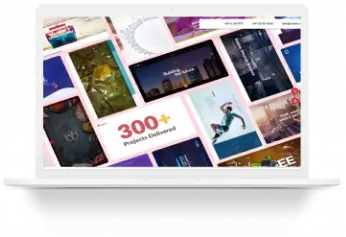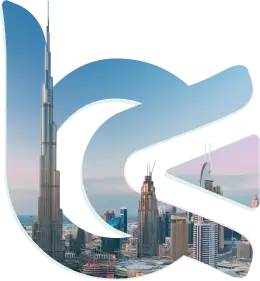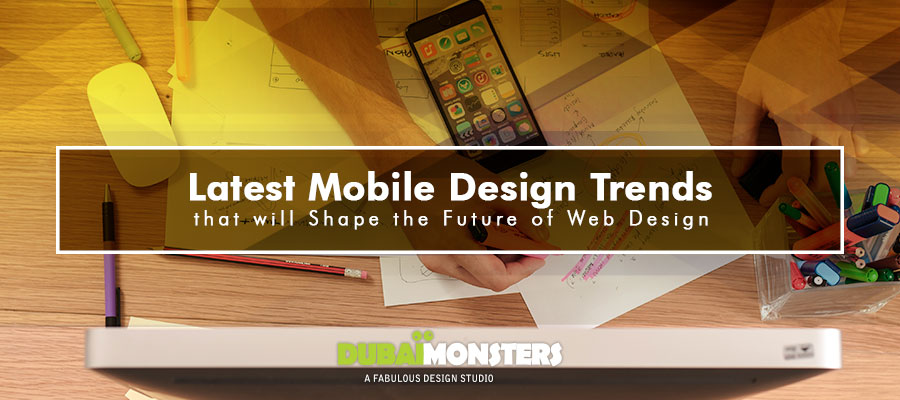We have been living in a world of minimal and simplicity for quite long, so what does the future hold for the mobile and web design industry?
Modern technological advancements shape the development of nearly all fields. These changes tend to establish new rules and trends for a specific industry. The mobile market is no different.
When it comes to mobile app design trends, they are usually introduced as the new look of OS, improved functionality, rise of newly developed portable devices and much more. Mobile design standards change from time to time, UI/UX designers now adopting minimalism and simple, intuitive interface that allow users immerse in the new operating system easily.
Over the last few years, mobile has become the most important device for everyone. As a result, more and more mobile design trends are booming. There are many businesses who have already revised their responsive web design strategy and now they are moving towards user interfaces especially designed to polish their brand’s image and increase conversions.
Here I have listed top 5 mobile design trends for 2017 that will drive the future of web design.
1. Material design
2. Card layouts and swipe navigation
3. Use of different colors
4. Motion/Functional animation
5. Wearable devices
1. Material Design
It remained in demand for the last few years and it is called as the catchiest mobile design trend. The main purpose of this trend is to make it easier for users to engage with different platforms. The trend is basically originated from flat design and it will remain trendy for the year 2017 and beyond. Nowadays more and more UI designers are implemented Material Design in different platforms.
The standard version of flat design is modified and included some attributes such as glow visual effects, gradients, shadows along with translucent components. But the functionality and user-friendliness remain the same. Material Design delivers the best users’ experience and easier interaction due to simple colors, clear iconography and improved functionality. Above all, providing better user experience, they make the hierarchy clear for the end user.
Moreover, it doesn’t limit designers to show their creative flair and to add new improvements and modifications. Google various applications such as Google Drive, Google Maps and Gmail meet the standards of Material Design. Other famous platforms Tumblr, Evernote, Telegram have also updated according to the flat design guidelines.
2. Card Layouts and Swipe Navigation
Card layouts is another great trend that can improve the UX by making it interactive, dynamic and engaging. Though this trend is made its debut in 2014 and it is still ruling the mobile app industry and shaping the UX standards and tendencies. The main objective of this trend is to keep UI designers focus more functionality instead of visual effects.
The idea of card layouts is to combine all the important information displaying in special boxes that are outlined differently and provide an easy access to more information with a single tap. Now this mobile app design approach is in great demand among users because it delivers a convenient and efficient user interaction along with important information contained within the separate outlined boxes. This feasibility allows users to sort out and easily organize all the available apps on their devise according to their needs and preferences.
Some popular companies have already started using a wide range of card layouts in boards and feeds. Some famous card layout examples are Facebook, Tweeter, Tinder, Trello and more. Now swipe navigation has become more convenient due to this emerging mobile design trend.
Another great advantage of card layouts is that they not only meet the need of users and designers, but it allows users to simply tap the screen and get a full access to any additional information. These cards are easy to navigate while providing a useful information.
3. Use of Different Colors
Regardless of the fact, white backgrounds and subtle color scheme have been a most demanding trend for a long time introduced by material design, new advancements show new rules and addition of some vibrant colors along with some bold backgrounds.
Though every color defines a meaning of a particular element, material design comes as the most flexible trend that allows both subtle and vibrant colors. Some applications are still sticking to white background and the latest statistics show that more than 80% of all mobile apps use default white backgrounds. However, a few of them go for different colors.
On the other hand, users should have a chance to opt for colors of their choice. In addition, designers must be more flexible considering all these key factors to provide a great user experience.
4. Motion/Functional Animation
This mobile app design trend has debuted in 2015 and according to many experienced UI/UX designers, the motion or functional animation is the main trend for the mobile industry. As it allows users immerse in the process of interaction with the app as well as provides an improve user experience.
The basic idea is not simply to create animation, it serves both logical and entertaining objectives as well. If we compare this to material design that is supposed to be practical, responsive and vivid at the same time, the functional animation trend does not limit UI designers in their creative flair. It can be implemented in different devices regardless of their OS, this functional animation type has a few incompatible features that still follow a specific goal.
So, whenever you want to provide more engaging, dynamic, interactive UX, implement these great features of animated response, zooming and visual effects. There are a wide range of effects and responses you can choose to fit a specific style. The basic objective of this functional animation trend is to allow users understand the mobile app and feel it real. This latest mobile trend enables an entertaining and fun interaction which is certainly every user wants.
5. Wearable Devices
Not only smartphones, tablets, phablets, but wearable devices should be taken into account when we talk about design trends. Wearable devices such as watches and glasses have already taken the audience by storm and are predicted to take strong position in the digital industry in near future. A research suggests that more than 200 million wearable gadgets will be sold by 2019. It clearly indicates that it is the peak time for UI/UX designers to learn the latest concepts and standards to deliver the best, catchy, award-winning design that can implement in wearable devices.
In addition, users must have the opportunity to integrate all functions and tools with their portable gadget. Incorporating an efficient UI/UX design for wearable devices such as Apple Watch, Android Wear has made it challenging for experts in this industry. It results in various intricate features along with some limitations when it comes to the size of the particular device. The main obstacle is related to the need to limit the quantity and functionality of data provided on the display. Designers must stay focused on all the fundamental functions, which is quite challenging. Another problem is about UI/UX design implementation that offer limited user interaction with a wearable device. Designers must need to consider all these complex details from text size to legibility.
Whenever you want to meet all the functional needs, all you need to consider less animation, darker backgrounds and hidden menus. Otherwise, you will fail to deliver functionality along with a product that looks good.
Wrapping it Up
Sticking to the latest trends and standards is actually a great idea. Designers need to adopt new tendencies to meet users’ expectations. The main goal is to allow users access all the necessary apps and functions via thumbs without facing any obstacles.
Though the main UI/UX direction is still the same and there is no dramatic advancement yet. Designers and mobile app developers use all these latest mobile app design trends and approaches while focusing on functionality and interaction. The size of a device always matters most when it comes to design. It shows that material concept will still be the main trend for at least the next few years.













